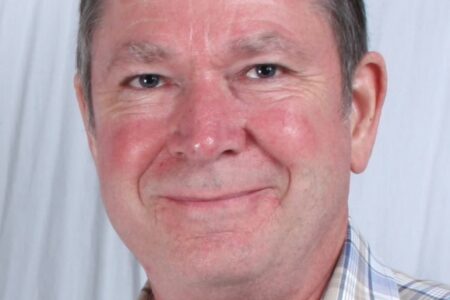Op/Ed: Looking to Finland for Better Educational Outcomes
By David Buckna
In a July interview, BC Education Minister Rob Fleming said: “I think our government just has a completely different and fresh attitude towards public education. John Horgan made it clear his priority as premier is to make sustained investments in the school system, because it pays enormous social and economic dividends.”
If our new government really wants to move to the forefront of public education in Canada, it needs to look to Finland, where all children have access to free, full day daycare (up to age 5). Full day kindergarten begins at age 6, and Grade 1 begins at age 7.
According to world-renowned family therapist and parenting author Steve Biddulph, full day kindergarten for 5-year-olds is too long, and any younger is a big mistake developmentally. Decades of research has shown that most boys (and some girls) are slower to develop fine-motor and language skills.
I’ve asked a number of kindergarten teachers: “When reviewing your class in June, are there any children you feel are not developmentally ready for Grade 1?” Responses from teachers typically range from zero to four children, depending on the class. But in the current educational climate it’s extremely rare for a child in Canada or the U.S. to repeat kindergarten.
In his web article, We Can Do Better By Boys, Biddulph writes: “In English-speaking countries, boys make up more than 80% of all remedial classes. In Germany, Belgium, Switzerland, and many other countries where school [Grade 1] does not begin until age seven, this gender gap in literacy does not exist… Professor Kathy Sylva at Oxford University recently reported findings that starting school too soon creates a failure mentality, while kindergarten — which used to be a year of play, activity, and social learning — has succumbed more and more to pressure for skills learning. This compounds the problem.”
Why is Finland’s school system the envy of the western world? Finland has consistently been among the highest scorers worldwide in the international assessment for student performance.
Carl Honoré writes in “Under Pressure: Putting the Child Back in Childhood” (2009): “Their [Finnish children] early childhood is spent at home or in nursery programs where play is king. When they finally do reach school, they enjoy short days, long vacations and plenty of music, art and sports. Apart from final exams at the end of high school, Finnish kids face no standardized tests. Teachers use quizzes, and individual schools use tests to track their pupils’ progress, but the idea of cramming for SATs is as alien to Finland as a heat wave in winter. This presents a delicious irony: the nation that puts the least stress on competition and testing, that shows the least appetite for cram schools and private tutoring, routinely tops the world in PISA’s [Programme for International Student Assessment] competitive exams.”
I believe if we adopted the Finland model in B.C.— enrolling kids in kindergarten at age 6— by the time they enter Grade 7 or 8, at least 70% of learning assistance time (and money) in an elementary school could be eliminated simply because most children wouldn’t require any! Most of the learning assistance teachers, who spend their day working with individual students and small groups, could transition back into the classroom and be assigned an entire class of students.
In Michael Moore’s 2015 travelogue-style documentary, “Where to Invade Next?”, he observes: “Finland’s students have the shortest school days and the shortest school years in the entire western world. They do better by going to school less.” (See the trailer here.)
If a Canada-wide survey was done of parents who “red-shirted” their own kids — waited to enrol them in kindergarten at age 6 — I’m certain the vast majority would say it was one of the best decisions they ever made as parents.
(For a short video explaining Finland’s educational priorities, click this link.)
David Buckna is a retired elementary school teacher in School District 23.
























